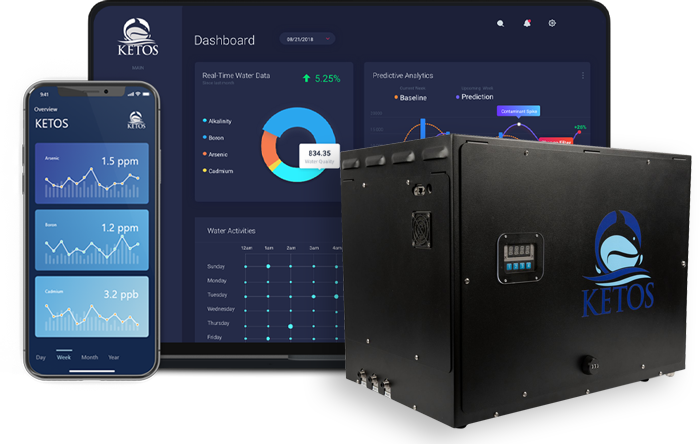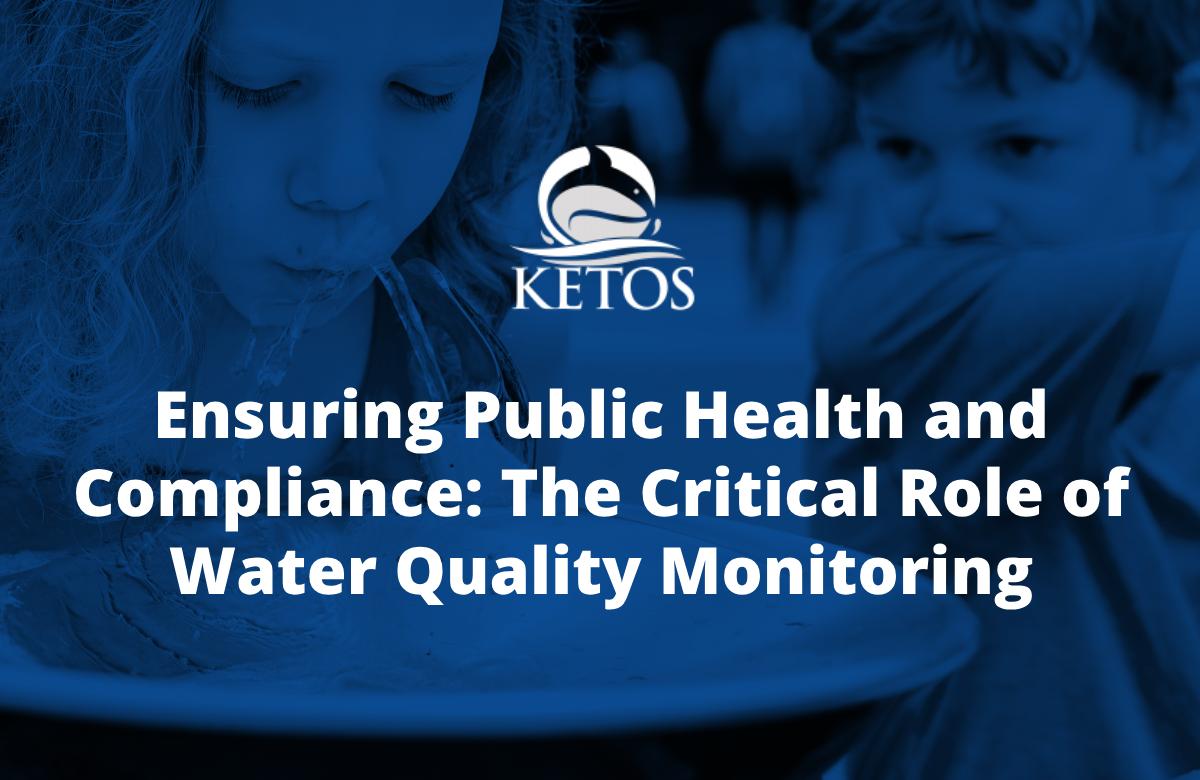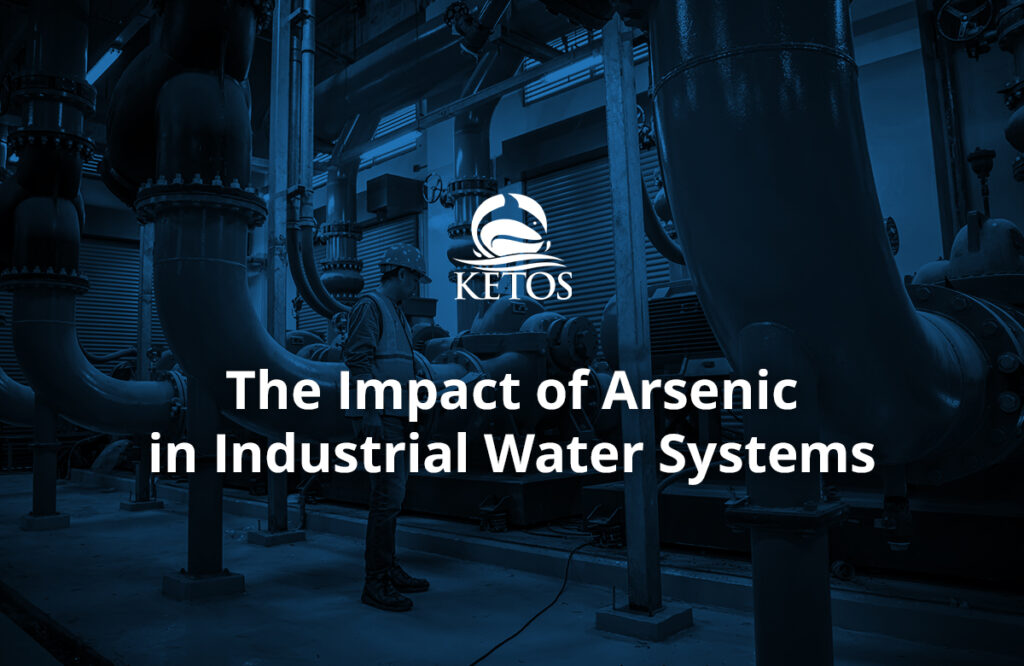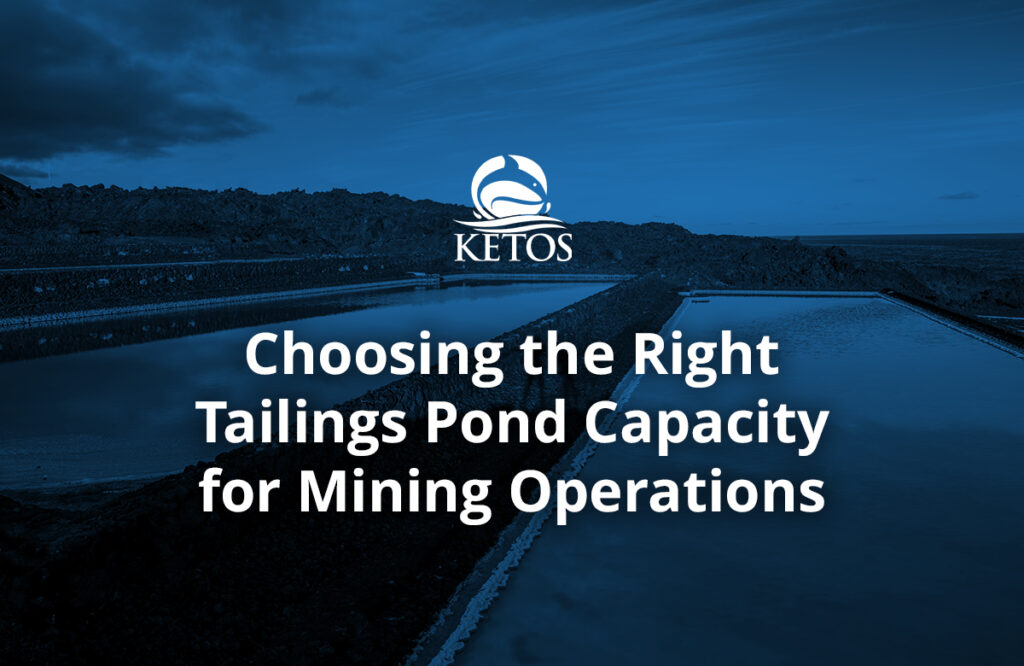Access to clean, safe water is necessary to sustain life, support public health, and promote environmental integrity. In a world where industries continue to grow yet natural resources are under constant stress (thanks to climate change and a shifting global water cycle), water quality monitoring has emerged as an integral process that safeguards our communities.
Today, we’re exploring the importance of water quality monitoring, its role in maintaining compliance, and how technology can play a role in future monitoring efforts.
Why Water Quality Monitoring Matters
Water quality monitoring is essential for a variety of reasons, including:
- Public health and community well-being. Waterborne diseases, contaminants, and pollutants can pose severe risks to public health. Regular water quality monitoring ensures that water sources meet established standards and regulations. These assessments help prevent outbreaks of waterborne illnesses, ensuring the well-being of communities.
- Environmental protection. Bodies of water are home to diverse ecosystems, and they play a pivotal role in maintaining ecological balance. Monitoring water quality helps protect aquatic life by identifying threats such as chemical pollutants, excessive nutrients, and temperature variations. It also helps mitigate the harmful effects of water pollution on rivers, lakes, and oceans, preserving biodiversity and ecosystem health.
- Agricultural sustainability. Agriculture is a vital industry, providing food for billions of people. However, fertilizers and pesticides used on crops can also be a source of water pollution if they enter water sources. Water quality monitoring in agricultural regions helps ensure that farm runoff does not contaminate nearby water bodies. It also enables modern farmers to adopt sustainable best practices that minimize their impact on water quality.
The Role of Water Quality Monitoring in Compliance
Water quality monitoring plays two essential roles in compliance. The first is Regulatory Compliance. The EPA (Environmental Protection Agency) and state-level agencies in the USA establish and enforce water quality standards. These standards dictate acceptable levels of various contaminants, including heavy metals, pathogens, and chemical compounds. Comprehensive water quality monitoring ensures that water systems, both public and private, comply with these regulations.
It also plays a vital role in Data Validation. Accurate and consistent data is critical for demonstrating compliance with water quality standards. Water quality monitoring provides the data required to validate compliance, ensuring that water treatment facilities and industrial processes meet the required quality criteria. Monitoring and recording vital data points assist in identifying and addressing non-compliance issues promptly.
Modern Challenges for Water Quality Monitoring
While water quality monitoring is essential, several industries face unique challenges in meeting compliance standards.
Agriculture
Agricultural runoff can introduce nutrients, pesticides, and sediment into water bodies, affecting water quality. In addition, monitoring in rural areas can be challenging due to the vast and fragmented nature of farming operations.
Automotive
Water is necessary for multiple processes up and down the production line in auto factories – from cooling equipment to cleaning parts to painting the body shell. With so many components involved in creating just one vehicle, manufacturing cars can be a water-intensive process, leading to large quantities of wastewater that must be carefully managed to meet various regulatory requirements.
Manufacturing/Industrial
Industrial processes can release pollutants into water sources, including heavy metals, chemicals, and thermal discharges. With boilers and cooling towers integral to producing various products, monitoring equipment for maximum uptime is also necessary. Compliance monitoring in manufacturing also often requires continuous data collection and sophisticated instrumentation across operations.
Mining
Water quality can deteriorate in mining operations due to various factors, including acid mine drainage (when water and oxygen react with sulfide minerals in exposed rock). Acid mine drainage can make water more acidic and release toxic metals, sulfates, or other dissolved solids into the surrounding environment. Chemicals used in extraction and processing may also contribute to water quality degradation. Careful water monitoring can avoid the contamination of water sources close to mining operations.
Food and Beverage
Water isn’t just an essential (and sometimes primary) ingredient in food and beverage production – it’s also used at various stages of production – including the cleaning and refrigeration of ingredients and finished products. If water is to be consumed or used to treat products meant for consumption, its quality must meet specific regulatory standards. Water quality is also necessary for seamless equipment operation, and low water quality can cause corrosion in infrastructure, leading to decreased efficiency, more downtime, and expensive unscheduled repair and maintenance events.
Municipalities
Public water treatment facilities must consistently meet stringent quality standards and monitor for contaminants – including heavy metals like lead. Aging infrastructure, budget constraints, and the need for real-time data can make compliance monitoring complex for municipalities.
Government Regulations and Water Quality
The United States has established robust regulatory frameworks to ensure water quality and safety.
Safe Drinking Water Act (SDWA)
The SDWA passed in 1974 empowered the EPA to set and enforce general standards for drinking water quality. It requires public water systems to regularly monitor and report on water quality to ensure the delivery of safe drinking water to the public. Under the SDWA, many compliance standards have been put into place, including, for example, the Lead and Copper Rule.
Clean Water Act (CWA)
The CWA, enacted in 1972, aims to protect and restore water quality in the United States. Its goal is to regulate the discharge of pollutants into surface waters and establish water quality standards. Under the Clean Water Act, the National Pollutant Discharge Elimination System (NPDES) program requires permits for industrial discharges.
National Primary Drinking Water Regulations (NPDWRs)
NPDWRs are legally enforceable standards established under the SDWA. They specify maximum contaminant levels (MCLs) and treatment techniques for various waterborne contaminants. Monitoring is a crucial component of ensuring compliance with these regulations.
Depending on your geographical location, your organization may need to adhere to other local water authorities to meet water quality standards that may be even more stringent than federal ones. Your industry may also have specific water requirements, often outlined by the EPA.
Technology’s Evolving Role in Water Quality Monitoring
Traditionally, water quality monitoring has been an expensive and time-consuming endeavor. Monitoring itself was prone to human error while simultaneously requiring manual sampling. Data analysis, undertaken by third-party labs, remains slow, meaning if issues reveal themselves, interventions can be delayed by days or weeks, with water operators often reacting to data based on older, sometimes out-of-date, KPIs.
Technology, however, has significantly changed how organizations can now monitor their water. It’s made testing lightning-fast while offering lab-accurate results on-site (removing the need for third-party testing). It’s also made managing compliance much easier and more transparent as data and insights are more easily recorded and stored digitally for better compliance tracking. With digital interventions, water operators can act faster to protect water resources. This helps them avoid fines related to compliance while saving both time and money related to regular testing.
New technology applications in water quality monitoring include:
Automation. This can help remove human intervention during water testing and analysis.
IoT. Using sensors, water operators can more quickly detect leaks and environmental factors (like temperature changes).
AI and machine learning. Leveraging AI and ML can help water operators move from being reactionary to prescriptive in terms of water treatment and equipment maintenance.
Cloud computing. Removing data silos is achieved by pulling all water-related data into the cloud. This centralization helps with parsing data and provides access to essential insights that can help manage water resources.
Choosing A Water Quality Monitoring Solution That Supports Compliance
Your organization will benefit from an automated water quality monitoring solution regardless of industry. However, the platform you adopt needs to have specific capabilities for the investment to produce both immediate and long-term benefits. Here’s what to consider if your goal is to improve compliance capabilities while remaining agile as your industry evolves:
- Multiple parameter testing. Most organizations require a solution that can monitor multiple parameters simultaneously; having a device for each parameter (or only a select few) will prove costly over time. Therefore, seek out a solution that covers all or most of your parameters. That way, you can centralize testing under one device to streamline reporting and simplify your infrastructure.
- Automation capabilities. When you automate testing, the need for manual sampling goes away. That saves time and reduces the risk of sample contamination or irregular collection times, reinforcing more effective compliance reporting.
- Accuracy. Automation of water quality will only be as valuable as the integrity of the insights you are collecting. When shopping around for a water quality monitoring solution, determine how accurate your data insights will be. They must be comparable to what you might expect from a lab so that you can trust the results.
- Analytics. Solutions with an added layer of analysis and visualization will help you understand the raw data to react faster and make more informed decisions in real-time.
- Interoperability and modularity. If your solution is modular (you can place it at any part of your infrastructure) and interoperable (it works within your existing setup), it will make adopting the technology easier while reducing complexity across your infrastructure.
- Customization potential. Find a solution that can conform to your unique needs and offers customizable options – like allowing you to monitor for certain parameters at specific times and intervals or to set threshold alerts for contaminant spikes. This will make compliance more manageable and help you monitor exactly what you need more effectively – without collecting unnecessary data.
- Data security. Ensure you’re protecting your data by choosing technology that offers encryption, 2-factor authentication, role-based access control, and intrusion detection. Digital compliance may be as essential as water quality compliance, depending on your industry.
- Easy setup and maintenance. Technology that offers a quick setup and minimal maintenance helps lower costs and decreases overhead. Having a low barrier to entry makes the adoption of technology frictionless.
- AI and predictive analytics. Solutions with AI or ML capabilities provide predictive analysis that allows organizations to manage water proactively. Insights via AI and ML can predict water usage, parameter spikes, or when you’ll need to schedule preventative maintenance to minimize downtime.
KETOS: Leveraging Technology to Support Water Quality Monitoring and Compliance
KETOS is at the forefront of modern water quality monitoring with innovative solutions that address the monitoring challenges of various industries. Using on-site hardware and innovative software that can capture and analyze 30+ water parameters, KETOS offers water operators:
Real-time data. KETOS provides real-time data for immediate detection of deviations from water quality standards, enabling rapid responses and minimizing risks to the public’s health and the environment’s overall health.
Remote monitoring. While monitoring happens on-site, that data is transferred in real-time to the water operator so that they gain access to real-time results. These results are securely transmitted to an operator’s phone, tablet, or laptop so they can check their results – even if they are off-site.
Data analytics. KETOS employs advanced data analytics to provide actionable insights. Its software can predict potential water quality issues, allowing proactive measures to prevent non-compliance.
Interoperability. KETOS easily plugs into existing equipment and syncs with other water monitoring systems (like SCADA and HACH). This interoperability helps organizations centralize data for easier reporting and a more holistic view of water quality within the context of their operations – without having to reimagine or reorganize their infrastructure.
Compliance reporting. KETOS simplifies compliance reporting via automation of data collection and analysis. This reduces the administrative burden, allowing organizations to efficiently meet regulatory requirements – and easily share data for more transparent reporting practices.
Threshold alerts. With KETOS, water operators can set their own threshold-based alerts to achieve instant visibility should any parameter level surpass predetermined levels.
KETOS in Action Across Industries
KETOS is versatile and adaptable, making it suitable for various industries. For example, KETOS technology has applications in and case studies for:
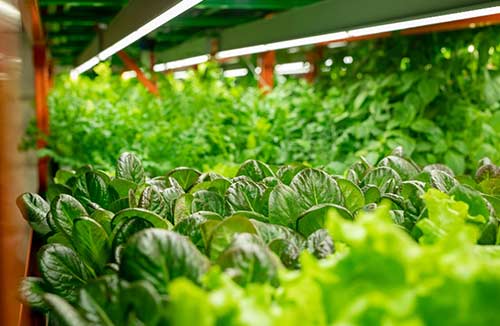
Agriculture
Farmers in both open field and indoor agriculture use KETOS to monitor water quality, ensuring that the water used for crops is free from contaminants while containing the right balance of chemicals and nutrients. This not only enhances crop yield but also reduces the environmental impact of agriculture.

Automotive
Auto manufacturers worldwide are actively seeking ways to reduce water usage, increase water recycling capabilities, and protect surrounding water resources. One multinational uses KETOS to monitor critical water quality parameters to automate sustainability dashboards and amplify water reuse efforts.
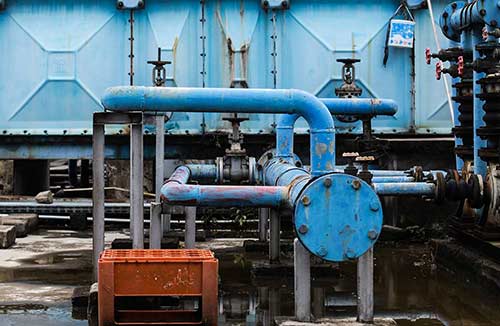
Industrial and Manufacturing
Industrial facilities can deploy KETOS to continuously monitor effluent quality, helping them meet NPDES permit requirements and avoid costly compliance violations. It can also monitor influent and water quality at various stages of the manufacturing process where water quality may dictate product integrity. Companies manufacturing steel, consumer goods, and chemicals have used KETOS to monitor their water quality more effectively.
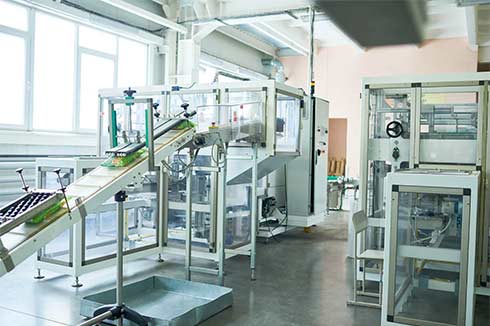
Food and Beverage
When the integrity of the product is on the line, whether in beverage production, food preparation, or meat processing, KETOS helps companies monitor for various parameters in real-time, according to standards set by both the manufacturer and governmental agencies.

Mining
Mining operations can often be remote, adding complexity to water quality monitoring. With KETOS, organizations have saved substantial man-hours by implementing autonomous water quality monitoring systems to gain insights into water treatment, equipment performance, and calibration.
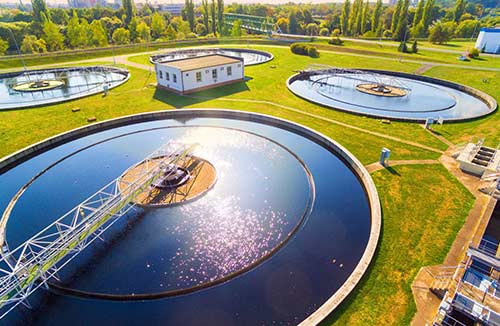
Municipalities
Public water treatment facilities have used KETOS’s real-time monitoring capabilities to lower costs, assist in removing contaminants, ensure the delivery of safe drinking water, provide efficient wastewater remediation, and minimize the risks associated with aging infrastructure.
Conclusion
Water quality monitoring is vital for safeguarding public health, preserving the environment, and ensuring regulatory compliance. The United States has established stringent rules and regulations through agencies like the EPA to maintain water quality standards. However, organizations nationwide face unique challenges in meeting these standards, from agricultural runoff to industrial discharges.
Technology, however, has become a game-changer for water operators concerned with maintaining compliance – even in the face of changing regulations, constrained budgets, and aging infrastructure. And by adopting digital solutions, many companies have found ways to increase visibility without disrupting their existing infrastructure.
With its innovative technology and data-driven solutions, KETOS plays a pivotal role in streamlining water quality monitoring across various sectors. By providing real-time data, remote monitoring capabilities, advanced analytics, and streamlined reporting, KETOS helps industries maintain compliance while contributing to safer, cost-effective, and more sustainable water management practices.
With its innovative technology and data-driven solutions, KETOS plays a pivotal role in streamlining water quality monitoring across various sectors. By providing real-time data, remote monitoring capabilities, advanced analytics, and streamlined reporting, KETOS helps industries maintain compliance while contributing to safer, cost-effective, and more sustainable water management practices.
